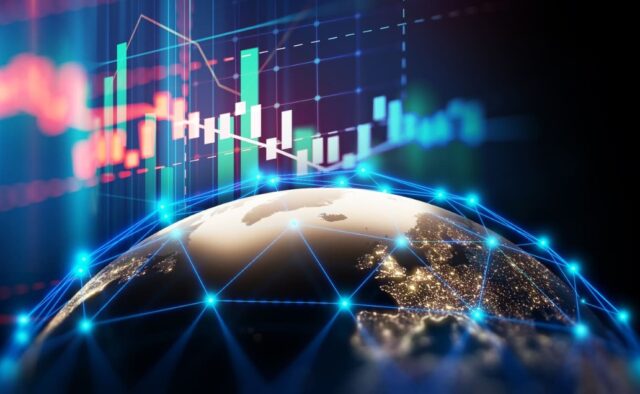
Technology has become an essential driver of growth and efficiency across numerous economic sectors. From governments to healthcare, the adoption of new tech has opened up a world of possibilities, increasing productivity, transparency, and convenience.
Here, we’ll explore nine economic sectors that are thriving thanks to technology, providing a snapshot of how innovative solutions are reshaping the way industries operate today.
Blockchain Technology is Leading the Way
Blockchain technology has emerged as one of the most promising tools across a variety of sectors, with applications far beyond its initial use in cryptocurrency. The applications of Blockchain are now being explored in fields including finance, supply chain, healthcare, and real estate. In finance, blockchain ensures faster, more secure transactions while lowering transaction costs. In supply chain management, blockchain offers transparent tracking of goods, from origin to end user, which reduces fraud and strengthens trust.
Healthcare organizations are also exploring blockchain to securely store patient records, ensuring that only authorized parties can access sensitive information. In real estate, blockchain simplifies transactions by eliminating intermediaries and even enabling direct transactions between buyers and sellers.
State Governments are Leveraging Technology in Accounting and Management
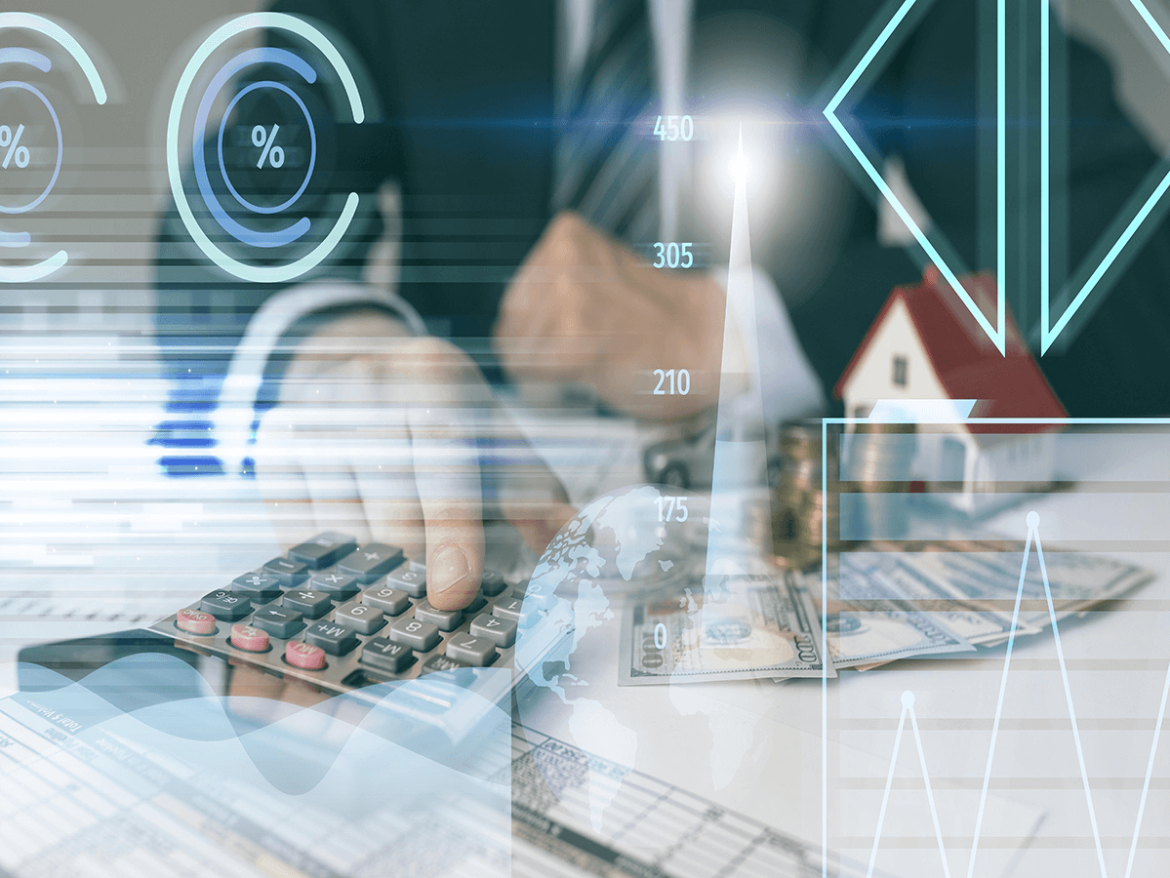
State governments are tapping into the power of technology to improve efficiency, accuracy, and transparency in their operations, especially in financial management. Implementing an advanced state accounting system has become essential for managing budgets, tracking public funds, and ensuring fiscal responsibility. These accounting systems streamline budgeting, financial reporting, and compliance processes, allowing governments to allocate resources more effectively.
By automating repetitive accounting tasks and ensuring real-time access to financial data, these systems help state governments manage funds more responsibly, reduce human errors, and enhance public trust in government spending. Plus, state accounting systems equipped with analytics tools provide decision-makers with insights into budget trends and financial health, enabling them to make data-driven choices.
Healthcare ─ Enhancing Patient Care With Telemedicine and AI
Technology has transformed healthcare into a more accessible, efficient, and patient-centered industry. Telemedicine, for example, allows different patients the opportunity to consult with healthcare providers when they are at home, making care more convenient and timely. AI-driven diagnostics are also revolutionizing healthcare by analyzing patient data to more easily identify potential health risks early, which improves patient outcomes and can even save lives.
Wearable health technology and mobile apps that monitor vital signs provide valuable real-time data to healthcare providers, enabling continuous monitoring without the need for constant in-person checkups. These innovations help reduce strain on healthcare facilities while enhancing the quality of care.
E-Commerce ─ Elevating the Online Shopping Experience
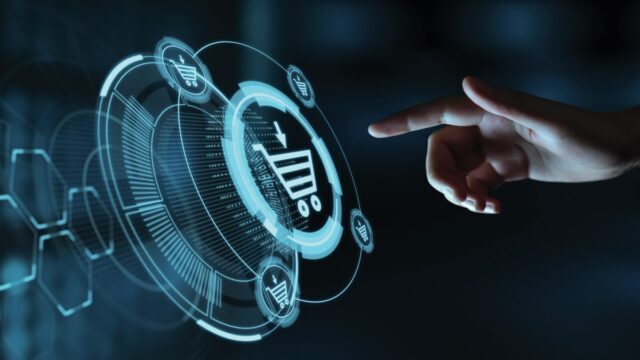
E-commerce has been booming thanks to technological advancements, transforming how people shop, and businesses operate. With the help of AI and machine learning, e-commerce platforms now offer personalized recommendations and targeted marketing, tailoring the shopping experience to individual preferences. Automated inventory systems and real-time tracking tools ensure efficient stock management and enhance the customer experience by offering more accurate delivery timelines.
Augmented reality (AR) is another powerful tool, allowing customers to visualize products like furniture or clothing before making a purchase, which significantly reduces the rate of returns. Furthermore, advancements in payment technology, such as digital wallets and mobile payment options, make the checkout process faster and more secure.
Agriculture ─ Embracing Precision Farming and Automation
Agriculture is becoming more tech-savvy, with innovations such as precision farming, which uses GPS and data analytics to monitor and manage crops. Precision farming allows farmers to use resources like water, fertilizers, and pesticides more efficiently, reducing waste and maximizing crop yields. Drones equipped with cameras and sensors monitor large fields and collect real-time data on soil health and crop growth, enabling timely interventions.
Automation in agriculture, including robotic harvesters and automated irrigation systems ensures consistency in crop production and reduces the amount of manual labor needed. By using data and automation, the agriculture sector can produce more with fewer resources, addressing food security challenges while minimizing its environmental impact. The adoption of technology in agriculture is helping farmers to optimize their operations and improve sustainability.
Education ─ Adapting to the Digital Classroom and E-Learning
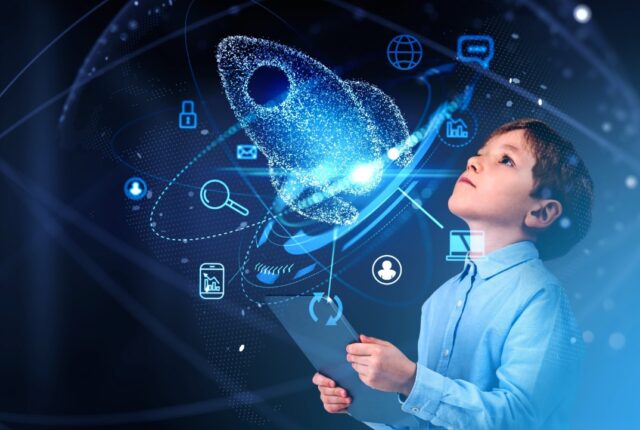
The education sector is evolving rapidly with the integration of digital tools and e-learning platforms that enhance the accessibility and flexibility of education. Learning management systems (LMS) support remote learning by organizing coursework, tracking student progress, and providing real-time feedback.
Virtual reality (VR) and interactive simulations are bringing subjects like science and history to life, making learning more engaging and memorable. Digital assessment tools also provide educators with insights into student performance, enabling more personalized and effective teaching approaches.
Financial Services ─ Reinventing Banking With Fintech Innovations
With the rise of fintech, innovations like mobile banking, digital wallets, and robo-advisors are changing what the financial industry looks like. Mobile banking apps allow users to manage accounts, transfer money, and make payments conveniently from their phones, improving accessibility and customer satisfaction.
Digital wallets offer a secure and contactless way to make payments, which is especially appealing in today’s mobile-centric world. Robo-advisors, powered by algorithms, offer automated investment advice and portfolio management, making financial planning more accessible to a broader audience.
Logistics and Supply Chain ─ Optimizing With IoT and Real-Time Tracking
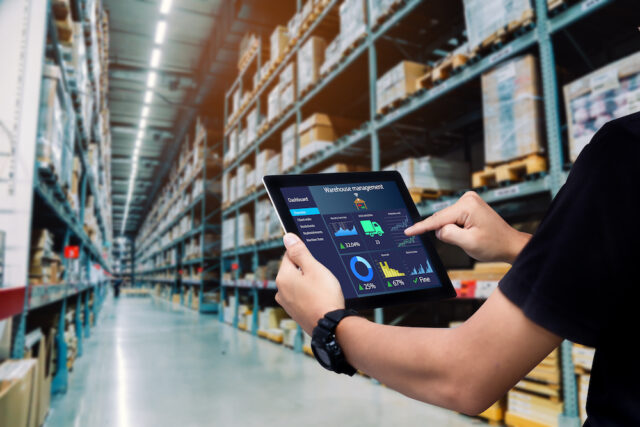
Technology has greatly improved the logistics and supply chain industry, particularly through the use of the Internet of Things (IoT) and real-time tracking systems. IoT devices placed on shipments and vehicles provide real-time data on location, temperature, and condition, allowing companies to monitor goods throughout the entire journey. This capability is especially valuable for perishable or high-value products, where real-time visibility ensures product quality.
Automation is also enhancing logistics operations, from robotic sorting systems in warehouses to automated trucks that streamline deliveries. Predictive analytics enables companies to anticipate demand and optimize inventory levels, while also minimizing waste and maximizing efficiency. With the help of IoT and automation, logistics companies are able to reduce costs, improve delivery times, and get more goods from suppliers to customers.
Renewable Energy ─ Powering the Future With Smart Grids and Storage
The renewable energy sector is advancing rapidly with the integration of smart technology and new energy storage solutions. Smart grids allow for the efficient management of energy production and distribution, enabling utilities to balance supply and demand more effectively.
These grids are equipped with sensors and automation that help reduce energy waste, prevent outages, and integrate renewable energy types, including solar and wind into the power grid.







